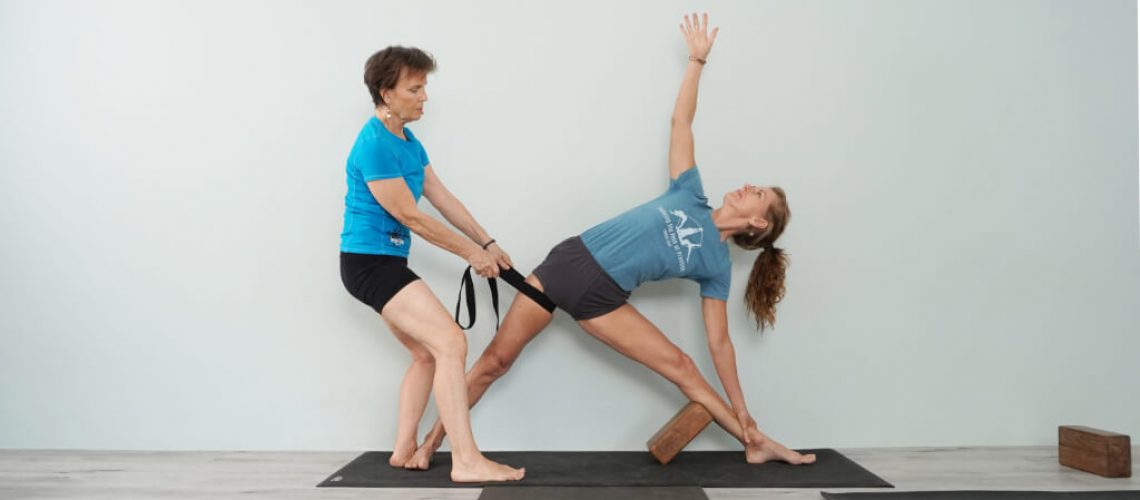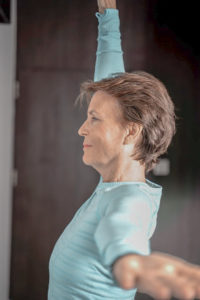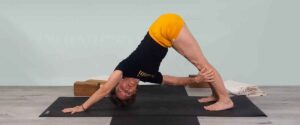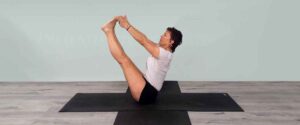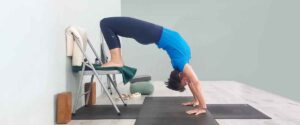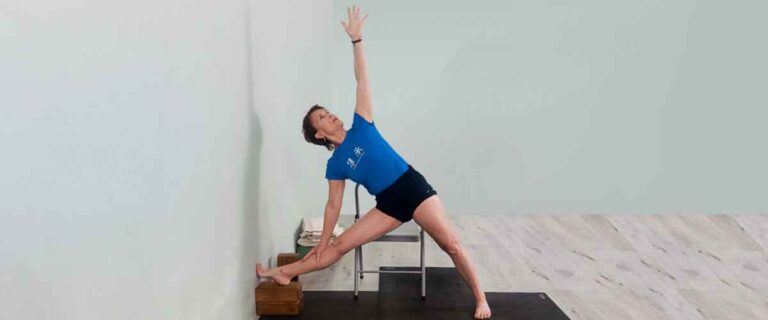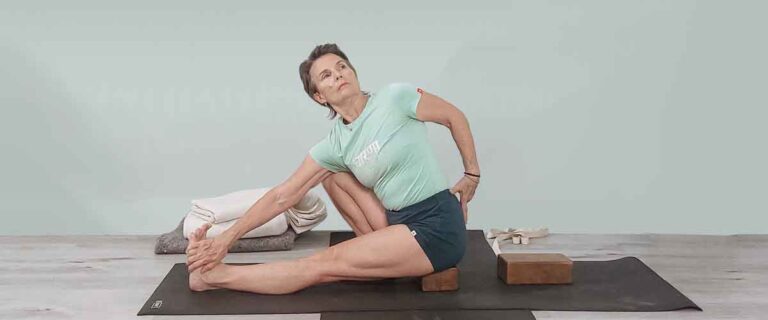What is knee hyperextension and what to do about it?
For many people, the bones of the legs do not line up from the foot straight up to the hip. The shin is pushed back beyond the thigh – beyond its normal alignment. This happens over time depending on our bone structure, pressure when pushing the knee back, how we stand each day, or trauma due to impact.
The knee joint brings mobility and stability to the leg. The muscles around the knees must be strengthened and lengthen to bring balance so that one area is not creating overextension or imbalance.
The patella or kneecap is the bone that connects the lower leg bones, the tibia and the fibula, and the ankle to the femur bone’s upper leg bone.
When there is instability in the joint, the knee moves too far back out of alignment by putting pressure on the knee ligaments and tendons. The lower leg and upper leg bones are no longer in line which causes pressure on the back of the knee joint and instability throughout the entire leg.
It’s important to strengthen the muscles around the knees and learn ways to protect the knee joint.
Some things you may experience due to Hyper Extended Knees are:
- Instability of the knee
- Pain and soreness
- Limited mobility
- Fluid in the knees
- Bruising
This class will show you various ways to recognize hyperextension and give you clarity on when to make corrections that will help you develop more balance and stability.
Most of all this will help you prevent injury.
This sequence includes:
Tadasana ( Mountain Pose )
Urdhva Hastasana ( Arm Stretch Pose )
Parvottanasana ( Pyramid Pose )
Utthita Trikonasana ( Triangle Pose )

